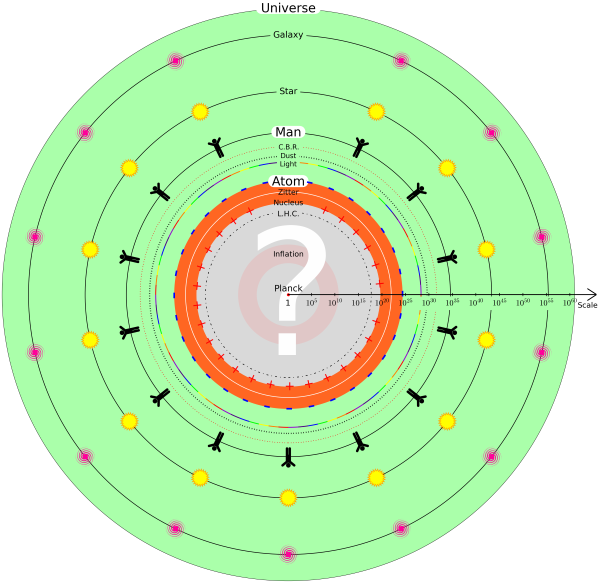Videos
Maxwell's spinning cells animation.
James Clerk Maxwell imagined this slightly non-physical model of spinning cells of magnetism interacting with smaller electrical particles in between the cells to help him understand the mysteries of electromagnetism. A key feature of the model is that only rolling contact is allowed between cells and particles, there is no sliding contact. Maxwell used standard equations of mechanics to describe the motions in his model, and then, with some minor additions, he was able to write down his famous equations; this was the most important advance in 19th century physics. Maxwell's equations completely describe electrodynamics and enabled him to not only predict the existence of electromagnetic waves, but also calculate their speed, which turned out to be in close agreement with the measured speed of light. Maxwell's equations also led on to the theory of relativity, having the Lorentz transformation encoded within them.
If you'd like to try improving this video, the Python code to draw and animate it can be downloaded free of copyright here:
Feynman's Electric or Magnetic Picture
This animation follows Richard Feynman's visualization of how an effect that seems to be caused by an electric field, for one observer, can appear to be caused by a magnetic field to another observer, if they are moving relative to one another. Read Feynman's description in the The Feynman Lectures vol II, 13-6
If you'd like to try improving this video, the Python code to draw and animate it can be downloaded free of copyright here:
Please don't ask me about Python, I always struggle to find code that works.
